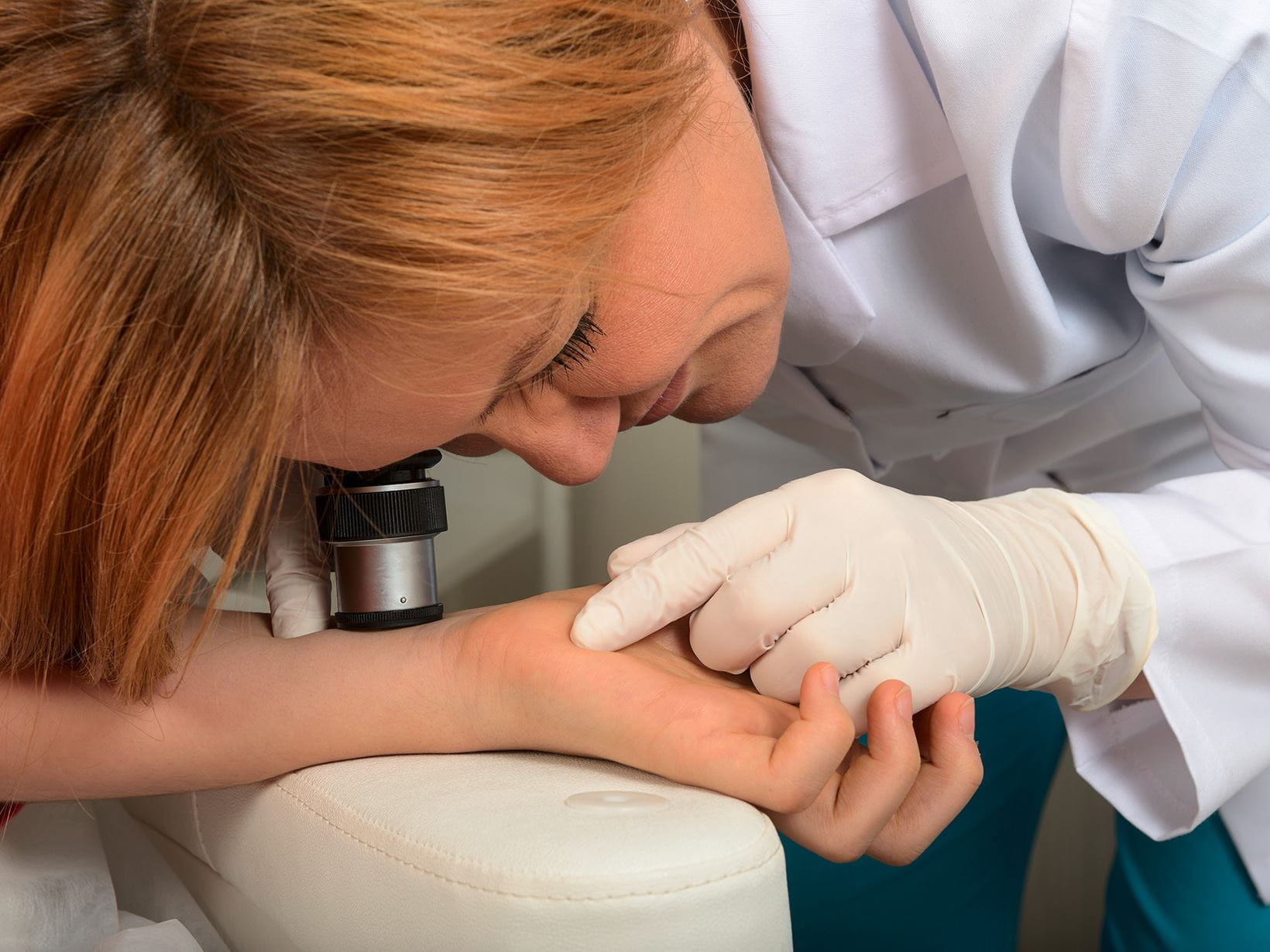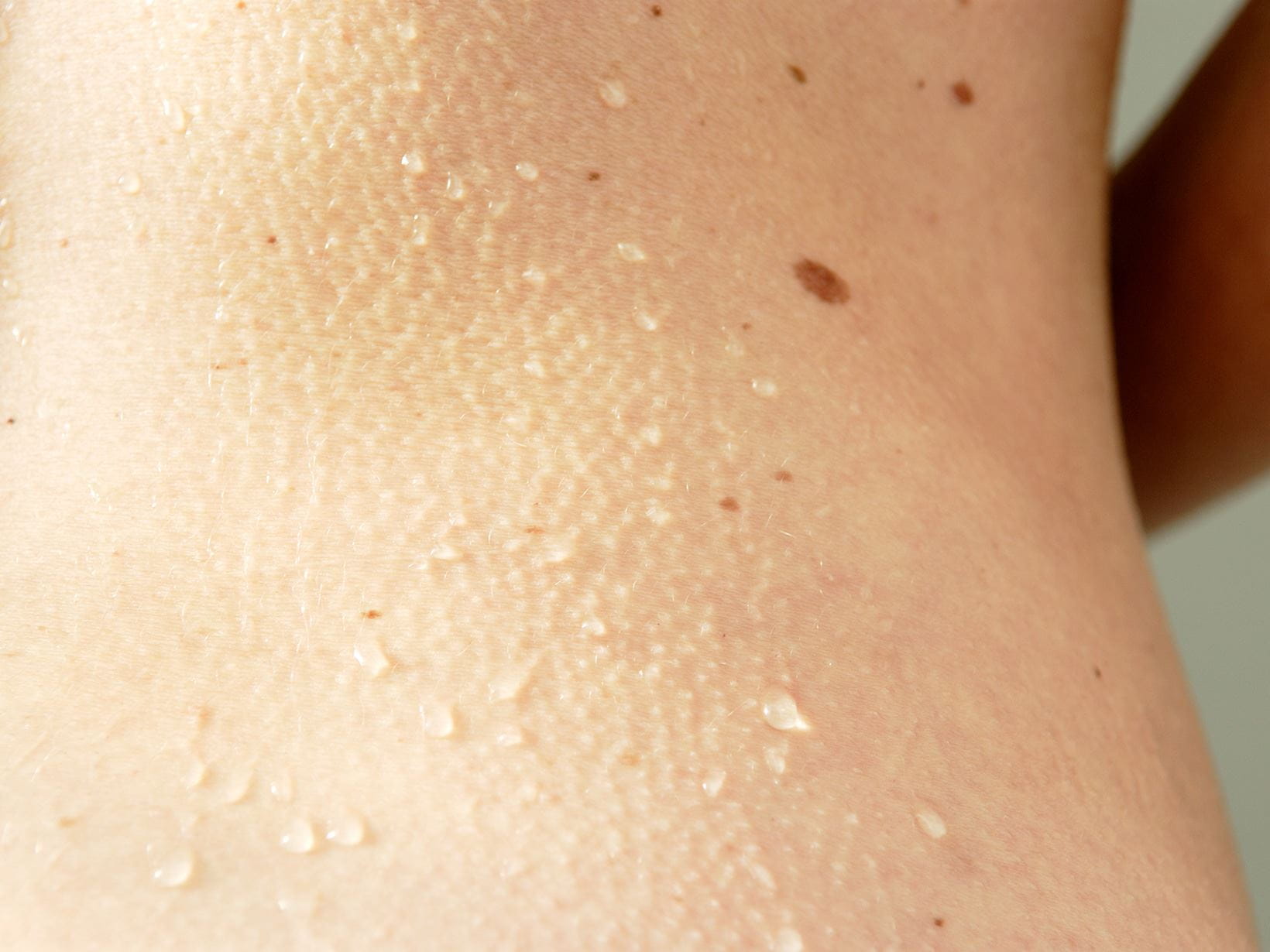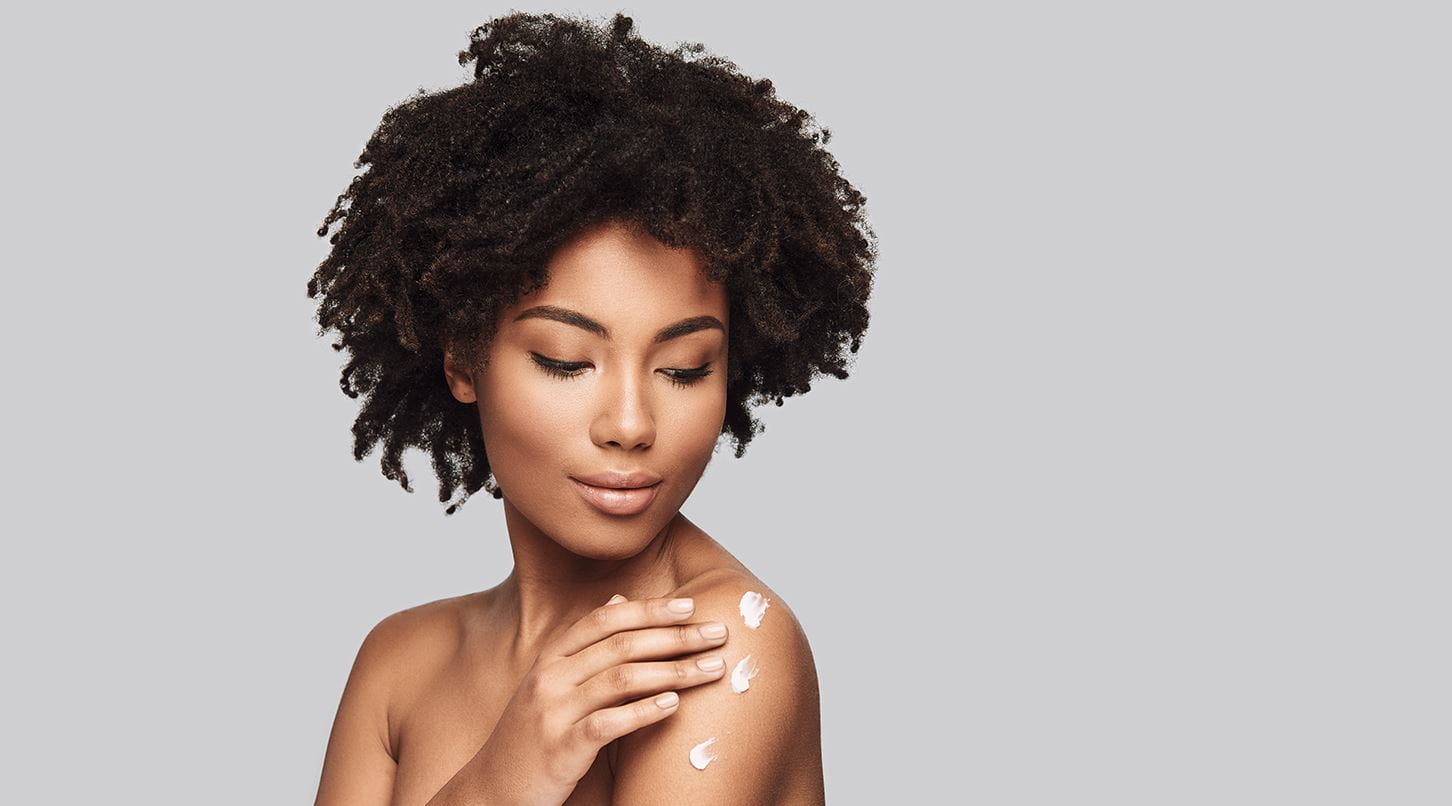
Skin Pigmentation: Moles & Skin Tags
Most moles and skin tags are harmless and simply part of what makes you an individual. Learn how they develop and how to determine if they could be problematic.
All about moles & skin tags
Moles and skin tags are very common, but it’s important to know why they occur and how to recognise any changes.
Hyperpigmentation: The basics
What causes hyperpigmentation of the skin and how best to deal with it.
















